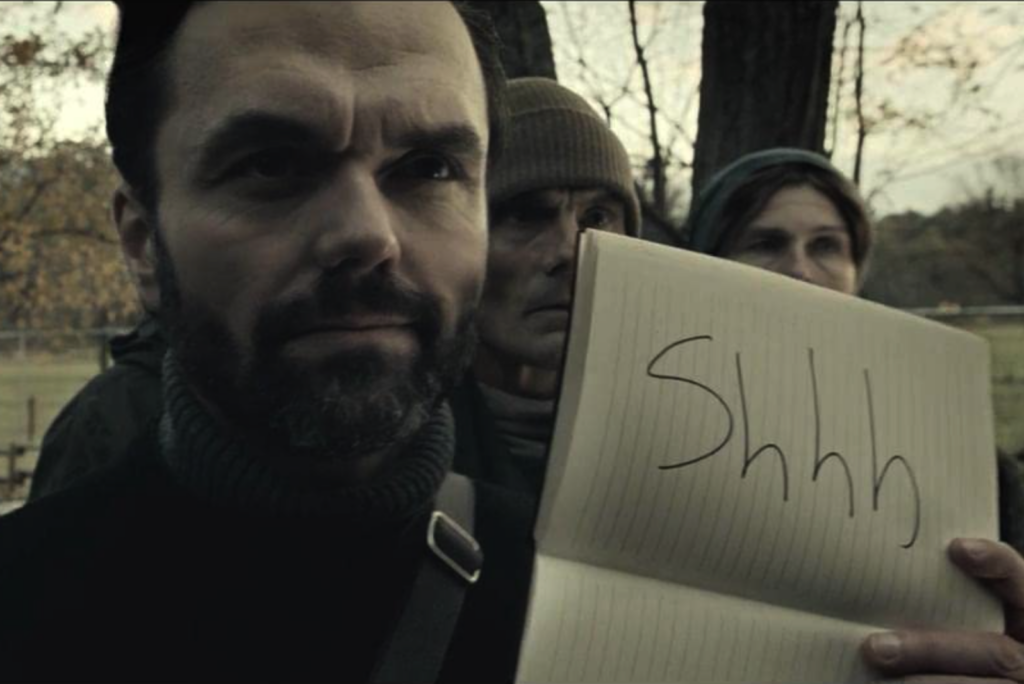

The Silence, for those who don’t know, is an Amazon Original movie. I guess ‘original’ is one descriptor, though I can think of a lot more accurate ones. ‘Rage-inducing,’ ‘insult to horror movies,’ ‘bad knock-off,’ and ‘intellectually insulting’ are a few that immediately come to mind.
First of all, for the newbies, there are no new stories. To be blunt, virtually every ‘new’ story is derivative in some way and needs to be. Trust me. When I was a beginner, I believed I had to craft ‘the story never told before.’ Not only is that a literary Sasquatch, but even if we’re by some slim chance successful?
The story won’t sell.
We want to be able to pitch an idea and say, “Well, if you like X, then you’ll LOVE my story.” This is why places like Amazon have those auto-populated suggestions that tell us what people who enjoyed X Book or X Movie ALSO liked.
Fans tend to be parochial, which is great for sales, btw.
But there is a HUGE difference between a movie that uses elements of similar idea and a ham-fisted attempt to glory grab off the success of another.
Same-but-Different SELLS


The Silence movie might have been able to capitalize on this same-but-different advantage, but failed miserably. The movie began as a novel by the same title, The Silence by Tim Lebbon.
***For the record, I had NO idea The Silence was originally a novel until I began writing this rant post…which was why I delayed publishing this blog. I wanted to read the novel for myself to affirm my suspicions/opinion that the producers and screenwriters should all be flayed fired.
Oddly, this is one of those rare times I read the novel after seeing the ‘movie.’ It was a riveting book, layered, emotional, and incredibly well-written with memorable/dimensional characters. But as a screenplay?
*sobs uncontrollably*
Not every premise translates well to the visual medium unless the screenwriters are willing to make some major changes that keep the original premise in tact. What peeves me the most is this.
Had the screenwriters simply adhered to some storytelling fundamentals, they could have easily maneuvered The Silence off the page and onto the screen while also keeping the story’s core brilliance in tact.
*rails at heavens*
The Silence Movie as Bad Knock-Off
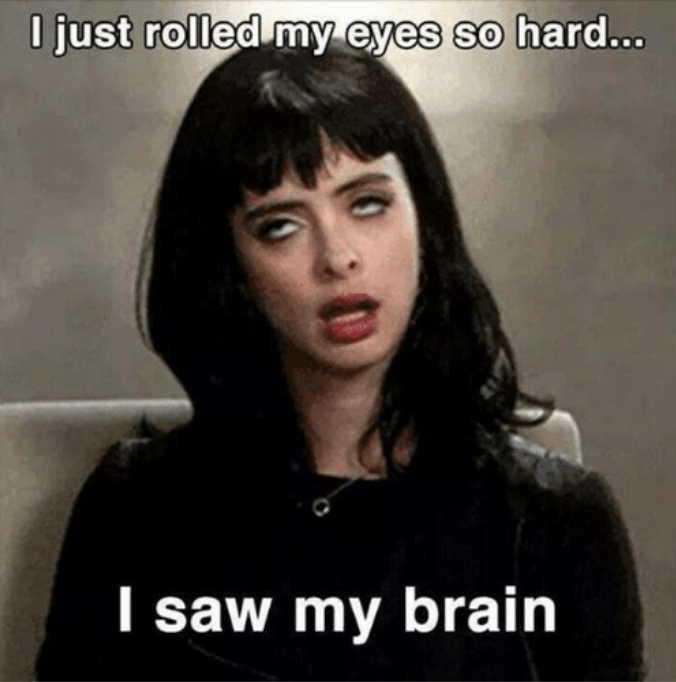

To understand why I was so peeved, what exactly was Amazon trying to copy?
Badly.
In my opinion? Bird Box. Josh Malerman’s Bird Box wasn’t just a beautifully written and utterly terrifying book, but the story concept translated extremely well to screen and was a massively successful film.
The screenwriters didn’t stick to the book exactly, because that’s impossible to do in the comparably short time a feature film affords. But they did condense and refit what needed to change in order to maximize the story on screen.
In Bird Box, ‘something’ starts happening. We don’t know what it is, only that people see SOMETHING that then causes them to go violently insane. The phenomena quickly spreads across the globe.
The day chaos hits home, the main character, the VERY pregnant Malorie, is with her sister getting an ultrasound. While leaving the hospital, everything hits the fan, and Malorie has no choice but to take refuge in a house full of total strangers who become her lifeline.
Malorie must survive in a world where vision (our single most relied upon sense) could be a death sentence for her as well as anyone around her.
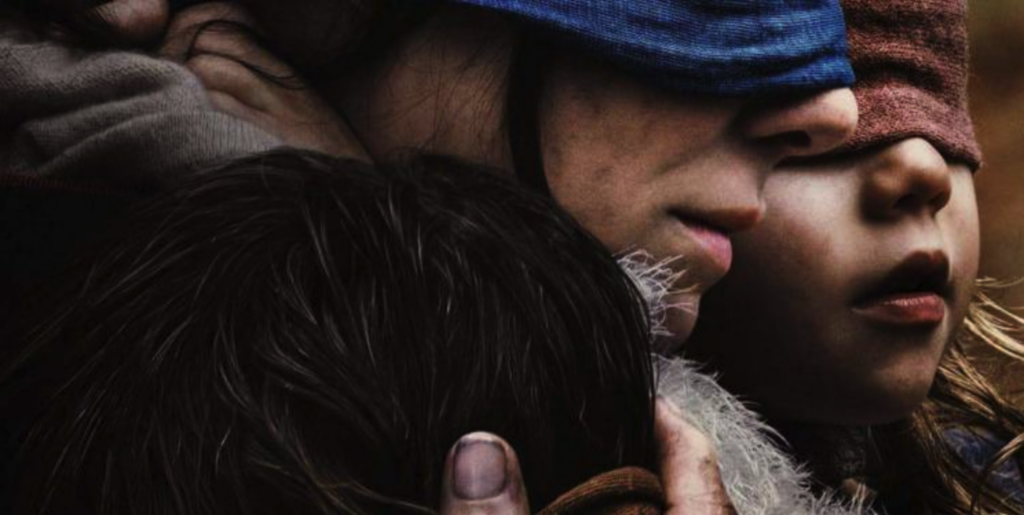

Over the course of the story, Malorie remains pinned in a house with a host of exceptionally layered characters who regularly clash. Their personalities alone create so much tension you think you might shatter any moment. This was executed superbly in the book (which is almost always better) but ALSO in the movie (which is rare).
THAT is great horror writing. For the record, slasher movies are to horror what porn is to epic romance. Believe it or not, horror is one of the toughest genres to write well and as close to literary fiction as one can get (when done properly).
Horror is less about the monsters/threat, and more about how we—humans—respond and the ways we change for good and bad because of the monsters/threat.
In the Bird Box world, stress is heaped upon stress. Going outside could risk everyone’s lives. Yet, they must go outside to get supplies, fresh water, etc. and do all of this completely blinded.
Add in that not everyone in the group agrees on the nature or level of the danger? That supplies are running low and they can’t remain in the house forever?
Welcome to a cauldron simply waiting to boil over.
The Silence Meets the Bright Idea Fairy
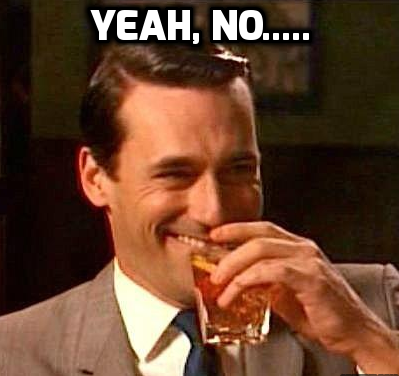

Now that I’ve explained a bit about Bird Box, the only plausible explanation I have for The Silence (movie) is Amazon was miffed by Netflix’s success with Bird Box. They probably sent some intern to hunt for a similar book that focused on one of the other five senses turned horribly wrong…and said intern found Lebbon’s The Silence.
The tricky part about horror—as I’ve already mentioned—is that a lot of the best stories only work on the page. Actually a lot of fiction doesn’t translate well to screen.
Drama is a good example. Unless you have superlative screenwriters and Oscar-caliber actors? You’re likely in for a three-hour snooze-fest where all the characters seem absurdly emo or perpetually constipated.
But back to horror…
On the page, the reader is in the heads of the characters. You can hide a lot of information and make the reader feel emotions, inner turmoils, and the ever-ratcheting tension. It’s also easier to misdirect, obfuscate, and give only enough detail for the readers’ imaginations to fill in the blanks.
And the human imagination is always more terrifying.
Before I proceed? HUGE HIGH FIVE to Tim Lebbon for scoring a movie deal off his novel.
My advice? Skip the movie and read the book…unless you want to see what all I am about to gripe about for yourself.
Tim, I am so sorry for what they did to your lovely novel, but hoping you make tons of money and zillions of new fans, regardless.
That aside…
Like always, everything here is merely my opinion, so take with a grain of salt…and maybe add in a shot of tequila.
What We Don’t Know Will Kill Us…in Scarier Ways
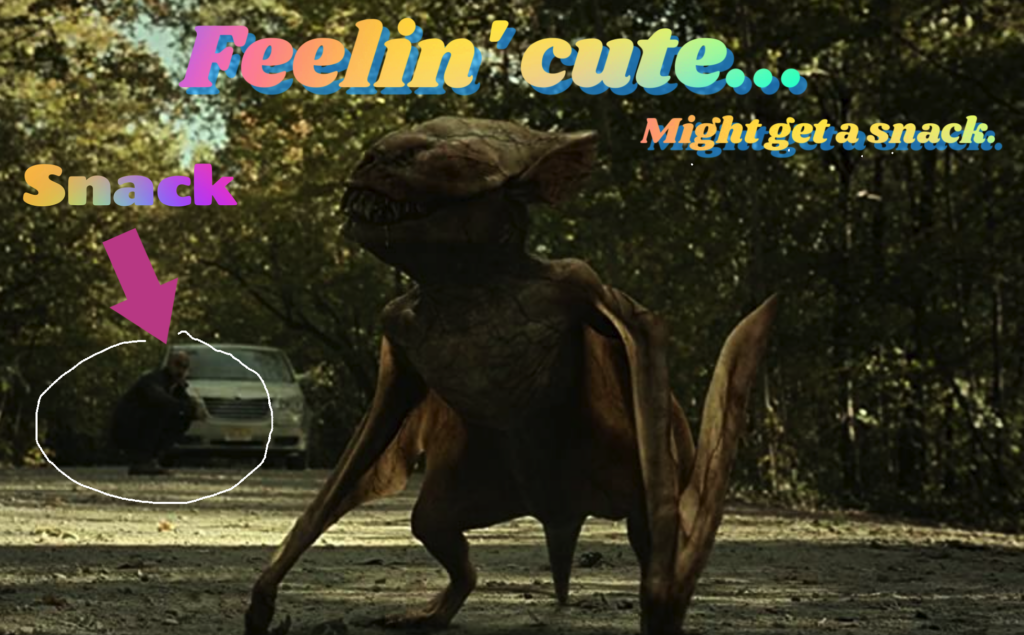

The first MAJOR problem for me, regarding The Silence movie, was they gave away too much too soon. I read the book to see how this was handled in comparison to the movie.
As I suspected, Lebbon didn’t provide a lot of detail about the creatures (known as Vesps), how they’re able to so rapidly overwhelm entire countries, how they hunted (sound), and why they’re virtually indestructible until almost halfway into the book…thus confirming my suspicions that the screenwriters are to blame!
O_o
Revealing too much too soon was the first, and maybe one of the largest mistakes, the moviemakers did with The Silence.
***This is also a rookie writing mistake. Learn to be SECRET-KEEPERS!
In The Silence movie, we (the audience) see a team of cavers break into a cavern and unleash a flood of vicious primordial creatures. Creatures that have been trapped in a world of silent darkness for a gazillion years in a completely isolated ecosystem. Not too far into the movie, we SEE the creatures up close.
Bad move.
The screenwriters could have had a flurry of something escaping, something hunting and kept the characters (and viewers) in the dark about how to evade being Vesp food for as long as possible (BE QUIET). But the moment we saw what humanity was up against? Knew how to outmaneuver it?
Meh.
Okay, so giant blind pterodactyls dumb enough to swarm into a wood chipper because it makes noise. We can deal with that.
Yes, this really happened in the movie. What ALSO happened? The dad DIDN’T LEAVE THE FRIGGIN’ WOOD CHIPPER ON UNTIL HE’D KILLED AS MANY VESPS THAT WERE STUPID ENOUGH TO FLY INTO IT!
What made Bird Box, the book and movie, so scary is we never knew precisely WHAT was making people go violently insane. We never even knew if it had evil intentions.
Maybe it was an alien race that, when viewed, simply surpassed the ceiling of human comprehension and broke our brains. Perhaps it was a military experiment gone awry. Maybe it was a spray tanning product gone terribly wrong.
Part of the fear factor is no one knew, and there was no way TO know.
In Bird Box, even watching video of the ‘whatever’ created the same effect. Suffice to say that sometimes our audience might want to know certain information, but just because they want it, doesn’t mean we should give it.
Pick a Villain from the Get-Go
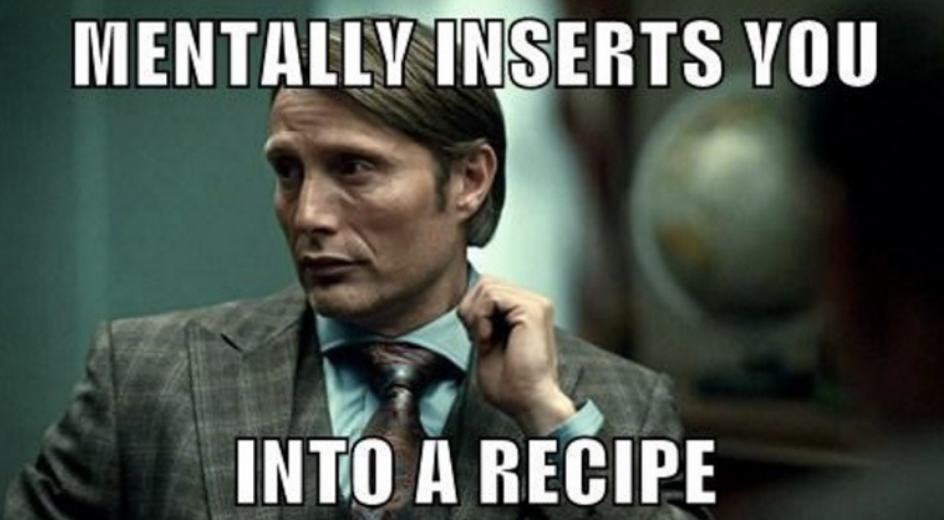

I’ve done a lot of blogs and teaching about log-lines over the years. It doesn’t take a lot of imagination to realize this movie is going to SUUUUCK by simply glancing at the log-line…which, again, I only did afterwards.
*hangs head in shame*
In my defense, I use movies to teach what to do and what NOT to do. I suffer for my art…and for y’all 😛 .
With the world under attack by deadly creatures who hunt by sound, a teen and her family seek refuge outside the city and encounter a mysterious cult.
Netflix log-line for an AMAZON movie, LOL
If you want my formula for a log-line, it’s pretty much this:
Intriguing Protagonist + Antagonist/Story Problem + Active Goal + Ticking Clock + Stakes = STORY
A teen and her family is meh at best. Looking for refuge. Oh-kay. Um, who wouldn’t when the world is under attack by deadly creatures? In the novel, the family had an actual/physical destination. Every setback and disaster that kept them from reaching their specific goal wound the tension tighter.
Yet, in the movie, the vague ‘escape to the countryside’ offers no solid anchor, no focused objective and thus makes it impossible to generate authentic dramatic tension.
But the bee in my bonnet? Encounter a mysterious cult.
‘Encountering’ is boring. ‘Mysterious’ is even MORE boring. Maybe murderous? Bat$#!t crazy? What are the stakes? What’s the ticking timeline? Has the family discovered that there’s shelter, but they only have enough room/supplies for so many people? And this cult is stopping them every step of the way, threatening not only their lives, but slowing them down enough that they might lose all hope of refuge from the Vesps?
Nope.
In fact, this cult ISN’T EVEN INTRODUCED UNTIL WE’RE NEARLY TO THE END OF THE MOVIE!
Quick! Throw in a CULT!
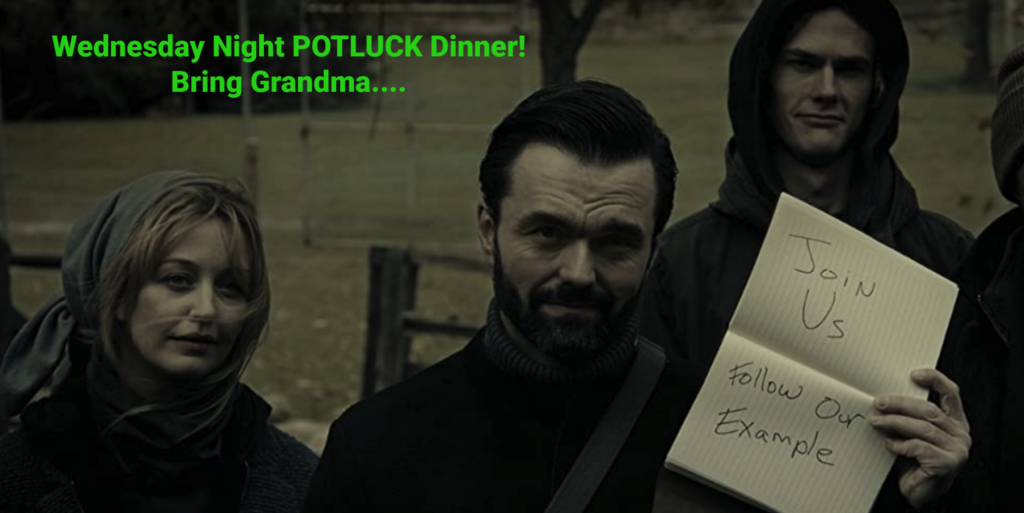

It’s like someone went, “Well, we’ve done a lot of CGI and people might be bored with neurotic pterodactyls. QUICK! Throw in a CULT!”
The cult actually could have possibly turned this travesty around, but they came in too late. In Stephen King’s The Mist (which never really shows the monsters, btw), it’s the people who supply most of the terror.
It’s truly bonkers how rapidly humans can devolve into quackery when the world goes to hell in a hand basket. Yet, in The Mist, the super religious nut—who eventually creates murderous chaos—is present and already stoking trouble in Act ONE.
It wasn’t as if King had an eerie mist teeming with giant tentacles that tore people apart for most of the movie…then thirty minutes before the end? Half the trapped shoppers suddenly found religion.
If the cult was going to be part of the movie, they needed to be there from the get-go. Or a proxy. Otherwise? Kristen is screaming and throwing things and talking about herself in third-person.
World-Building has RULES, Even in The Silence


This was handled in the book a million times better, obviously. But, this doesn’t give the screenwriters a pass. With some minor changes, they could have taken a world ideal for the page and refitted it for the visual medium.
Clearly, they didn’t.
What did they do wrong? Whenever we build a different world, we as ‘Author God’, are responsible for establishing the rules. If those rules can be broken, then we are also in charge of working out the special circumstances where said rules can be broken.
First, we’ll dissect the creatures in The Silence *bada bump snare*
According to the movie, these critters been trapped in a world with no light, and, like many cave-dwelling animals, have no eyes and hunt by sound. Fair point. But even bats are nocturnal. They don’t hunt all hours of the day and they don’t attack everything. Attacking everything (in nature) is pointless and needlessly uses up energy.
Same with a blog, but I’m on a roll here, folks…
Anyway, being trapped in a world with no light would probably also make the Vesps super photosensitive. Why don’t these critters need SPF 450 to keep from bursting into flames like my Irish family members?
Also, in The Silence movie, every single sound—and I mean every single sound—throws the Vesps into berserker mode. That would get exhausting pretty quickly, especially since the world outside of a cave sealed off from the surface is a pretty darned noisy place.
Which begs the question….
If the creatures are set off by even the tiniest of sounds, then why not turn on every noisy contraption we have? If the father in the movie could flip on a wood chipper and make the Vesps divebomb blindly straight into a metaphorical Vespsa-Mix, then why are the humans being SO quiet?
Line the cities with wood chippers and loud speakers playing Brittany Spears’ Oops, I Did It Again on a loop. Not only for protection but also for some AWESOME dark irony 😀 .
Military: Hey, we still have those Barney & Friends VHS tapes? Should work on that cult, too.
It doesn’t make sense.


The movie has plenty of moments where a character even lightly stepping on gravel is enough to attract frantic Vesp attention, but here’s the thing. Nature is LOUD. Yes, the country is quietER than the big cities, but far from silent.
Every moving branch, lowing cow, and skittering squirrel would have the Vesps flinging themselves around to the point they’d be in therapy and on a high dose of Xanax within a couple weeks.
Instead of creeping along using sign language, why wasn’t this family using sound to their advantage? Leaving an alarm clock, radio, cell phone behind to attract the creatures away from them until they make it to the next leg of the journey?
Oh! I forgot! The cult. Wait…they’re late to the set. Never mind.
Character Choice Matters
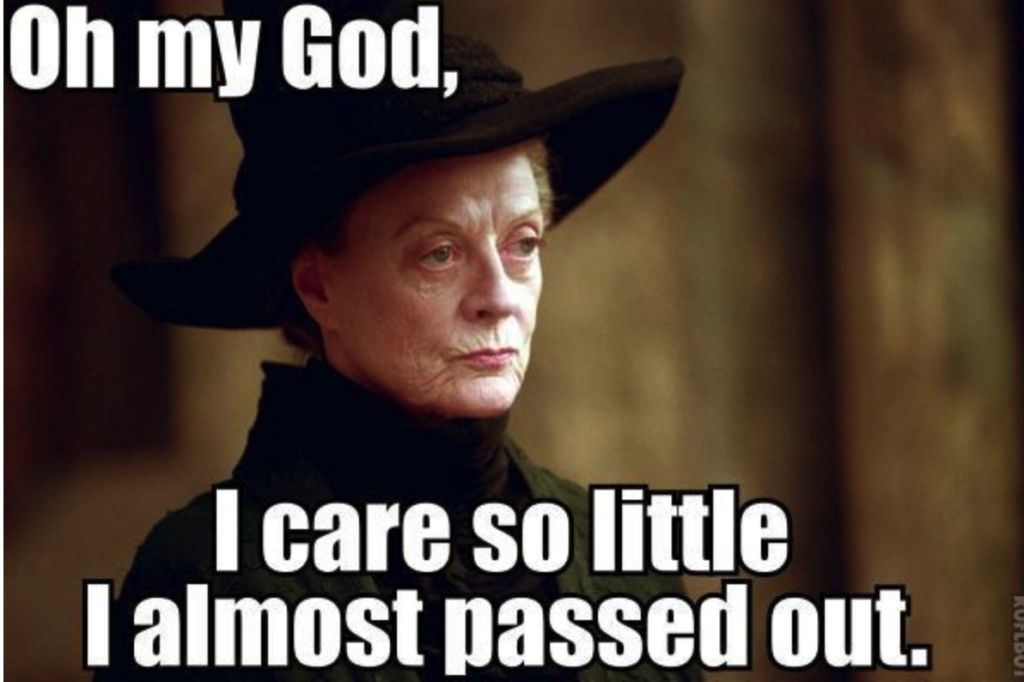

What I’ve not mentioned to this point is that the teenage protagonist of The Silence is deaf. She lost her hearing in an accident. By the time the Vesps emerge, it’s been long enough for the family to learn sign language.
Again, this works on the page, but on the screen? They are too perfect a choice for a world where one has to (theoretically) be silent to survive.
***SPOILER ALERT
In Bird Box, we eventually learn that the blind had a natural advantage from the beginning because obviously they couldn’t SEE whatever was making regular people with sight go bananas. They could get along just fine because of their super-heightened senses of hearing, smell, touch, etc. that they’d developed since they’d never been able to rely on vision.
But, let me point out we learn this AT THE END.
In Bird Box, Malorie can see. She’s automatically at a major disadvantage in that she’s lived all the way into her adult life relying heavily on one of the five (or six) senses. She has to either hone those other senses or she’s doomed, as well as her unborn child.
After she gives birth, she has to take babies with perfectly healthy vision and train them to live as if they were born blind. This is all a colossal undertaking from the get-go.
‘The Silence,’ No Conflict, No Arc, Weak Story
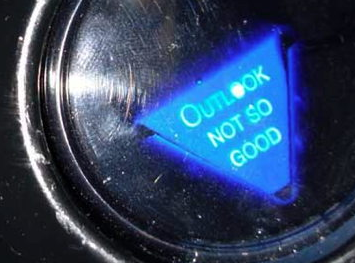

Back to The Silence. As for the teenage Ally (neat spelling there), she already knows how to live as a deaf person from the moment the crisis begins. More importantly, though, her family also knows how be quiet and also how to sign proficiently.
How boringly convenient.
Had I written this? Perfectly fine if Ally was deaf, but for the screen, I’d have made her injury more recent. She’d have yet to come to grips with being hearing impaired and still been trapped on the emotional rollercoaster of her sensory world changing in an instant.
She wouldn’t have had enough time to change the habits formed over a lifetime. Like banging doors, slamming drawers, walking too loudly.
Her family would’ve been total beginners with sign language. Signing wouldn’t be their go-to way to communicate because they’d have yet to fully acclimate to having a daughter who couldn’t hear after well over a decade where she could.
They might still call out to her.
What was also boringly convenient? The grandmother was a retired nurse there to tend any injuries on the spot. NO! Make them suffer! Society is breaking down, for heaven’s sakes! Society imploding includes no longer being able to run to an urgent care when you need stitches and the correct antibiotic.
Without instant access to even basic medical care, the characters would have been forced to face how much they took for granted as well as learn new skills and take bigger risks…that could and SHOULD have created bigger problems.
For instance, they do their best stitching a deep wound, only for the stitches to go septic. OR? Stealing an antibiotic from a ravaged pharmacy only to find out it’s great for respiratory infections but does zilch for skin infections. Oh, and the injured person is violently allergic to it and goes into anaphylaxis…LOUDLY.
Great storytelling needs to bring out our inner sociopaths. Great writers will kill CHRISTMAS if we have to.
Up the Ante, Then Up it Some MORE


We are talking END OF THE WORLD…so make it worse. The screenwriters could have traded the preteen brother for a toddler or at least a much younger child. If the grandmother was still going to be included in the party, maybe make it where she’s in the early stages of dementia. She’s fine during the early hours of the day, but by late afternoon she’s dangerously emotional, confused, unpredictable, aggressive and prone to wander off (Sundowners syndrome).
Regardless, to make this story work on screen, the entire family (and even Ally)—in my POV—should have still had the habits of people used to being constantly VERBAL, accustomed to talking as their primary way to communicate. They’d probably even be unaware how much they talked just to talk.
Like talking to yourself. Shouting expletives when you bang your shin on the coffee table.
***For the record, my son (Spawn) and I would be dead within the day a couple hours if survival hinged on us being quiet.
This would have been the FIRST major hurdle to overcome. Imagine trying to run for your life and you keep having to refer to a sign language guide or scribble in a notebook (silently) to get even a basic point across.
‘The Silence’ Needed More Peril, Less CGI


Had Ally’s hearing loss been more recent, the family wouldn’t have had time to adjust. Add in a much younger sibling (age 5-6) or a grandparent with some unpredictable medical condition not easily managed or controlled (I.e. schizophrenia, Tourette’s, Parkinson’s) and the tension would have been through the ROOF.
The story problem would have forced character growth.
They would have all had to make big changes, tough choices and take incredible risks for the ‘weaker’ members of the group. In fact, I imagine had the screenwriters modified the story and character group in the ways I’ve suggested (or in a similar fashion) they wouldn’t have even needed any CGI.
Bird Box didn’t.
But, since The Silence screenwriters fixated on monsters and gore and cults, this only rendered the story family a gaggle of utterly forgettable—and borderline unlikable—characters.
Ally only ‘stood out’ because she had a superficial difference of being hearing impaired.
But LUCKILY, everyone in the family already had an A+ in being quiet.
ZZZZZZZZZZZZZ
The Silence is Melodrama NOT Drama
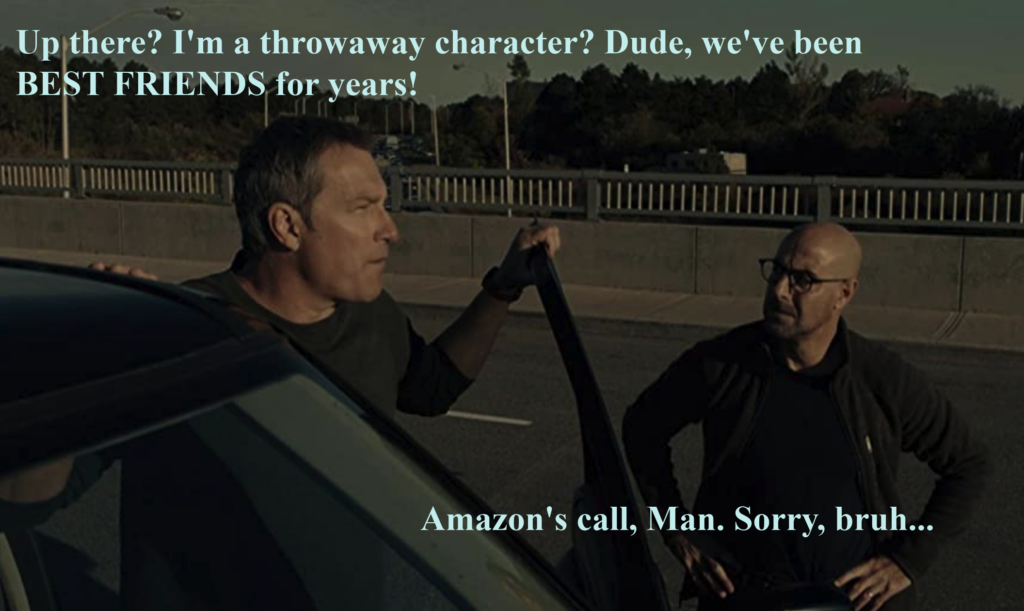

Why all the griping? Other than I needed to gain something from the 90 minutes I can never get back? Movies, as I mentioned earlier, can teach us a lot about storytelling. Heck, one of THE best books about how to write is actually about screenwriting. Blake Snyder’s Save the Cat is a must-read!
***Amazon, are you reading? Y’all have the book in stock. Gift copies to your screenwriters, please.
In The Silence, the Vesps present an excellent end-of-the-world backdrop, but that’s all they are. They compel action that forces this family out of their comfort zone and into doing the unthinkable.
As is, the Vesps are simply a ‘bad situation,’ and the cult is an afterthought. The family is flat because the central story problem doesn’t present a focused core challenge overwhelming enough to force them to (authentically) grow from humans into heroes.
Just like the family needed weaknesses from the get-go, so did the Vesps. Not some bull sprinkles, ‘Oh they don’t like cold’ crap thrown out at the end…just after the cult showed up.
So in your own stories, remember structure is our friend. It lets us know who and what should show up when and where. When we REALLY understand structure, we can even bend and break those rules to surprise the audience…in a good way.
By understanding our core story problem, we can make sure we have a cast that will offer the path of greatest resistance. Every character will count.
What Are Your Thoughts? I LOVE Hearing from You!
Do you watch movies and pick them apart? Try and figure out ways the screenwriters could have done better? I read a TON of books, but I also actively watch movies, meaning I study structure, characters, dialogue, what I liked and what I didn’t.
I KNOW that books are pretty much always better than the movies, but that doesn’t mean screenwriters can’t pull off a fantastic film version of the longer work. This is why I often WILL read the book even if the movie adaptation made me want to throw myself off a water tower was bad.
Exercise:
What are some great movies that originated as books? Some of your favorites? Why did they work? What did the screenwriters keep/jettison? How did they condense or change it to keep the story in tact on screen?
Conversely, what are some of the largest tragedies you’ve seen on film. Doesn’t even have be a book adaptation. Can you think what the screenplay could have done differently to improve the experience?
I’d love to hear your opinions in the comments because that helps me, too!
